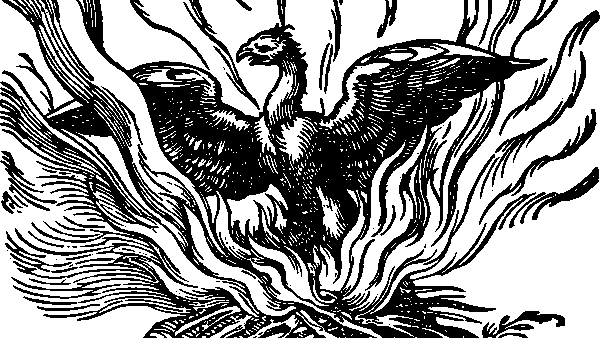This is a rigorous 1950s analysis of prose, seeking to classify different elements of prose as you would classify insects or flowers. From the broad divisions of types of prose (narrative, argumentative, dramatic, informative, contemplative), Boulton proceeds to smaller divisions and sub-divisions, for example listing and defining 36 different rhetorical devices. Despite the intense detail, it was an easy read – the writing, as you’d expect from an anatomist of prose, was quite stylish and always very clear.
The part I found most interesting and useful was the chapter on prose rhythm. Boulton explains how to scan prose as you would poetry, breaking it down into ‘feet’ and then analysing where the stress falls within each foot. For example “become” is an iambic foot, because the stress falls on the second syllable, whereas “outcome” is a spondee, because both syllables are stressed. There’s a great listing of all possible combinations up to the five-syllable dochmiac, and then examples of passages scanned for rhythm. For example in a Bible passage (Psalm 90, v1-9), she shows how the rhythm builds up to climaxes such as the molossus (three syllables, all stressed) – “Thou art God”. Important parts like this are surrounded by weaker stresses to highlight them. When the passage speaks of man’s weakness, the rhythm is faltering, using weaker paeons (four syllables with only one syllable stressed). The rhythm, in other words, reflects and amplifies the content.
I don’t think I’ll spend much time analysing the rhythm of my prose, or anyone else’s, in that much detail, but it’s wonderful to have that knowledge in the back of my head, as a way of understanding why a particular passage may or may not work.
Another useful chapter was the one on the Science of Rhetoric, listing all the main rhetorical devices used in English and their meanings. This is a great reference to have. The ones she lists are: metaphor, simile, analogy, personification, metonymy, synecdoche, euphemism, prolepsis, transferred epithet, syllepsis, zeugma, inversion, hyperbole, litotes, pun, alliteration, assonance, onomatopeia, irony, antithesis, epigram, paradox, oxymoron, repetition, aposiopesis, rhetorical question, apostrophe, climax, anti-climax, innuendo, periphrasis, surprise ending, playful use of colloquialism, conscious use of cliché, quotation, literalism.
The explanations throughout are clear and well illustrated with examples, mostly from older literature like the Bible and 18th century writers, but also some more contemporary (for 1954) writers like Hemingway, Steinbeck and Virginia Woolf. I’ve never seen writing analysed so scientifically before. I’ve noticed that a sentence can sound immeasurably better when the order is altered a little or a word is taken out, but never knew why. This book helped me to understand it much better, and I think it will make me a better writer and reader.



There is 1 comment